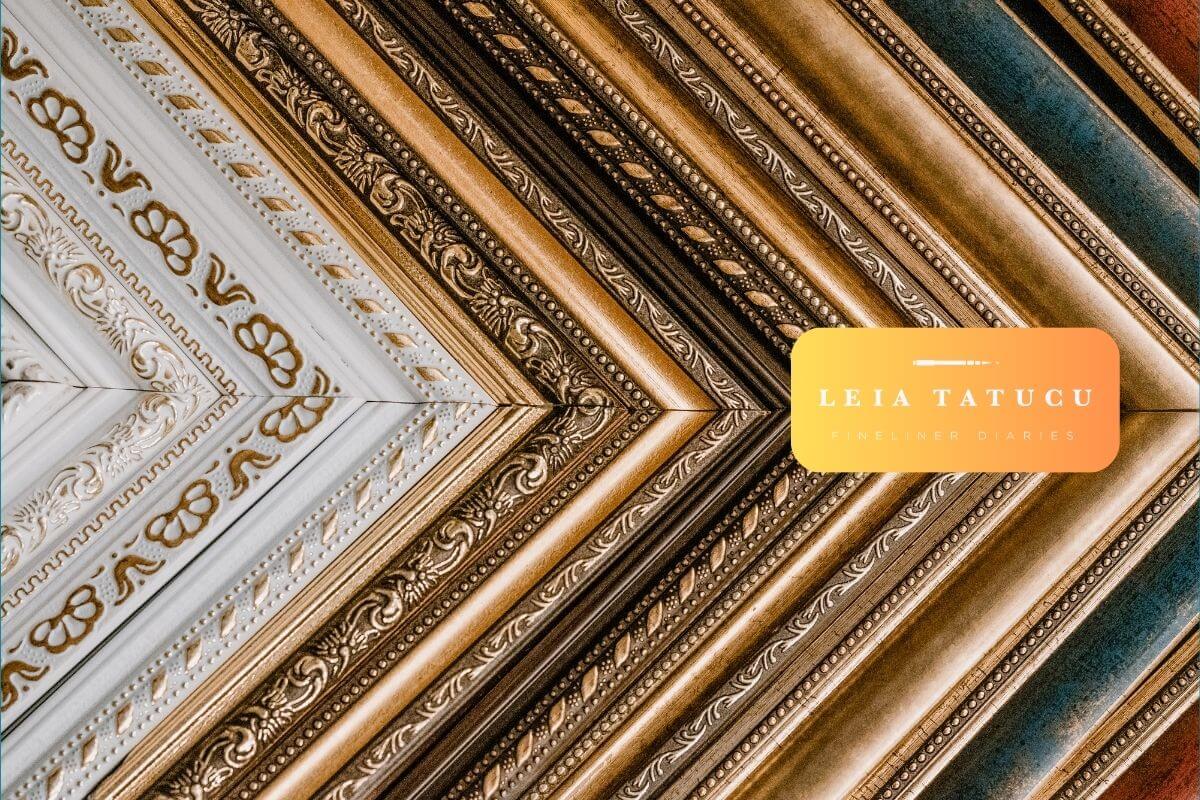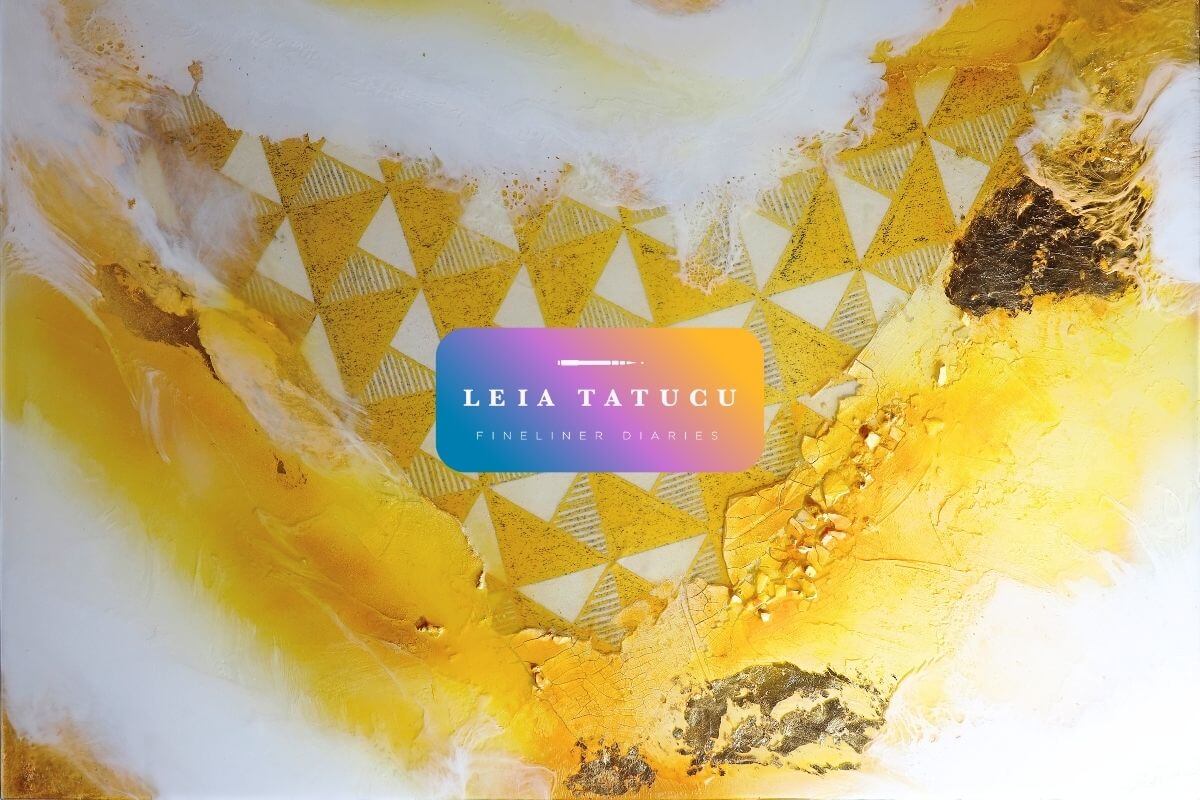
Beyond the Canvas: How Presentation Shapes Our View of Art
When we admire a piece of art, we often focus on the artist's brushstrokes or the colors on the canvas. But the experience of art doesn't end there. The way an artwork is presented—how it's framed, lit, and positioned—plays a crucial role in shaping our connection to it.
Presentation is more than just protection; it's an extension of the artwork's story. A well-chosen frame can turn a simple sketch into a statement piece, while the right lighting can reveal subtleties we might otherwise miss. This week, we'll explore why presentation matters and how it can transform your perspective on the art you love.
The Art of Presentation: Why It Matters
Ever notice how some artworks seem to pop in a gallery? That's the magic of great presentation. It's not about stealing the show, but about creating the perfect stage for the art to shine and be truly appreciated.
It Completes the Story
Presentation provides crucial context. A rustic wooden frame might evoke nature for a landscape, while a sleek metal one suits an abstract piece, lending a contemporary feel. For my own fineliner drawings, with their intricate details, I choose simple, clean framing that lets the linework speak. The presentation becomes the artwork's final chapter, guiding your understanding without dictating it.
It Directs the Viewer's Focus
Think of presentation as a spotlight. Matting, for example, creates a visual pause, giving the artwork room to breathe and separating it from the frame. This helps you immerse yourself without distraction. Even the mat color influences how the artwork's colors appear – making them warmer, cooler, brighter, or more subdued.
It Preserves and Protects
Beyond aesthetics, presentation is key for preserving your art. Quality frames with UV-protective glass guard against fading, and acid-free materials prevent discoloration. For collectors, this isn't just about looks; it's about ensuring the longevity and value of their pieces, showing respect for the artist's dedication.

What Matters Less Than You Think?
Framing and lighting are crucial, but it's easy to overthink the process. Some aspects of presentation, while valid, might not be as impactful as you imagine.
Following Trends Blindly
Art and design trends come and go. One year it's ornate, gilded frames; the next, floating canvases. While it's fine to draw inspiration from current styles, always prioritize what best serves the artwork itself.
A fashionable frame that feels out of place with the piece will create a disconnect. Let the artwork's message and aesthetic be your primary guide. Choose the frame for the art, not the room.
The Myth of the "Perfect" Match
Many believe a frame must perfectly match the artwork's colors or the room's decor. This often leads to safe, but uninspired, choices.
Sometimes, a contrasting color or material can create a more dynamic and exciting viewing experience. For example, a bold black frame around a soft, pastel piece can add drama and strength. The goal is harmony, not uniformity. Don't hesitate to experiment to find a combination that feels right and elevates the work's inherent qualities.

Enhancing Perspective Through Thoughtful Choices
How can you use presentation to actively enhance your experience of an artwork? It starts with looking closely at the piece and considering what you want to highlight.
Is there a particular color in the print you want to make pop? Try a frame or mat that contains a subtle hint of a complementary color. Does the original artwork have a lot of texture? When reproducing my resin pieces as fine art prints, I aim to capture their unique depth. You can enhance this by choosing a framing method that honors the original's dimensionality. Consider "floating" the print, mounting it above the backboard to cast a slight shadow and suggest the three-dimensional quality of the original resin work.
Lighting is another powerful tool. A single spotlight can create a dramatic, museum-like effect, perfect for a focal piece. Softer, ambient light, on the other hand, can create a more intimate and gentle atmosphere. The key is to think about the mood you want to create and how light and shadow interact with the surface of the art.

Discover New Art and Services in the Shop
Speaking of presentation, we've been busy behind the scenes enhancing how we present our work to you. I'm thrilled to announce that yesterday, October 26th, we launched a major update to the Fineliner Diaries website.The updated "Interior & Business Collaborations" section is now accessible in the central menu. It provides a clear, easy-to-navigate overview of our services. Organized as a drop-down menu by service type, it highlights the creative opportunities and projects we can work on together.
Alongside the website update, we've also added new pieces of art to the shop! The latest artworks continue the exploration of themes that are deeply personal to me, using the fineliner techniques that have become my anchor over the years. I invite you to visit the shop, see the new releases, and explore the updated website menu. We hope these changes will make your experience more enjoyable and insightful.
Ultimately, art is about connection. The way a piece is presented is the bridge between the artist's vision and your experience. By making thoughtful choices, you become a participant in the creative process, shaping how the story of the art unfolds in your own space.




Leave a comment
This site is protected by hCaptcha and the hCaptcha Privacy Policy and Terms of Service apply.